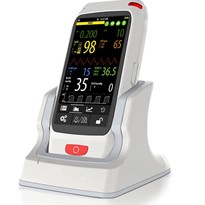DICOM compliance for diagnostic monitors is often overlooked until something goes wrong. Regular DICOM compliance testing is of utmost importance to ensure that medical imaging displays deliver high-quality results with accurate diagnoses.
Diagnostic imaging technologies are built to provide accurate and detailed images of the human body. The images created by this technology must be displayed accurately on a monitor in order to properly diagnose a patient. This is where DICOM comes into play. It stands for Digital Imaging and Communication in Medicine, and it is an international standard used by medical professionals to ensure that digital imaging equipment is compliant with the necessary quality controls.
Unfortunately, many healthcare facilities overlook the need to test their monitors for DICOM compliance regularly. Without routine tests, any display errors or inaccuracies can lead to misdiagnoses, incorrect treatments, and even wrongfully administered drugs or surgery. Moreover, these problems may not become apparent until it’s too late; if a monitor has been displaying inaccurate images without anyone noticing, then there could be serious consequences for patients’ health down the line.
As such, all healthcare facilities should take proactive steps to ensure their diagnostic monitors are in compliance with DICOM standards. A professional should be consulted to carry out regular inspections of hardware and software components as well as comprehensive testing of the viewing environment itself: lighting levels, seating position relative to the screen brightness, monitor calibration parameters etc.. All these elements can have an effect on how accurately images are displayed on the monitor — so they must be checked frequently!
At the end of the day, ensuring your diagnostic monitors are compliant with DICOM standards is essential for guaranteeing patient safety and protecting against malpractice claims — not just now but long into the future as well. Don’t let negligence catch up with you; make sure you’re taking every step necessary to keep your patients safe!
Non-Diagnostic Quality Monitors
Non-diagnostic quality monitors are not suitable for viewing radiology exams for a number of reasons. The most important factor is that these displays lack the design features necessary to accurately display medical images. Non-diagnostic quality monitors may have lower resolution, slower refresh rates, and poorer colour accuracy than those designed specifically for medical imaging. They also lack features such as backlight uniformity and gamma correction, which are essential to ensure accurate image representation and reliable diagnoses.
The accuracy of the displayed image is not the only factor to consider — non-diagnostic quality monitors may also have less robust construction, low-reliability ratings, or short lifespans. In addition, many diagnostic radiologists prefer higher-end displays with more advanced features such as automatic calibration, adjustable white point settings, and multiple preset modes. These more specialized screens can provide an enhanced experience for both healthcare professionals and patients alike.
Moreover, non-diagnostic quality monitors are not designed to be used in a medical setting and cannot stand up to the rigours of a clinical environment. For example, they may not be made from materials that can withstand regular exposure to cleaning agents or disinfectants; this means that any dirt or debris that accumulates on the monitor’s surface may not be easily removed without damaging it further. Furthermore, non-diagnostic quality monitors tend to have shorter warranties than those designed specifically for medical use — meaning any failure could leave users high and dry when they need it most!
Finally, using non-diagnostic quality monitors in a clinical setting is strongly discouraged by professional organizations such as the American College of Radiology (ACR) and or The Royal Australian and New Zealand College of Radiology (RANZCR). This is because these types of displays do not meet the requirements necessary to ensure patient safety — leading to potential misdiagnoses and other mistakes due to inaccurate representations of medical images.
In summary, it’s clear that non-diagnostic quality monitors should never be used for viewing radiology exams — due to their inability to accurately display medical images with sufficient fidelity; their lack of features necessary for reliable diagnoses; their potentially weaker construction; shorter lifespans; and lower warranty coverage compared with professional-grade medical imaging displays.
Browse our range of Diagnostic Displays
At Trucell, we understand that patient safety and quality of care should be a top priority for any healthcare provider. That’s why we offer a comprehensive DICOM compliance check for diagnostic monitors — to ensure patients are receiving the highest quality imaging available. Our team of experienced technicians can provide professional inspections, tests, and assessments of hardware.




-160x160-state_article-rel-cat.png)
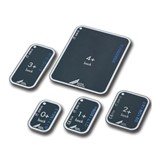


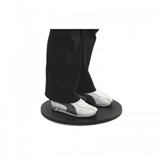
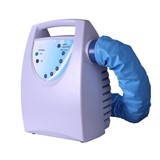

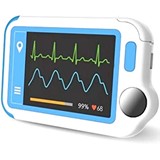



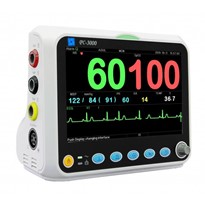

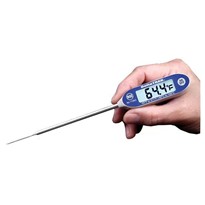




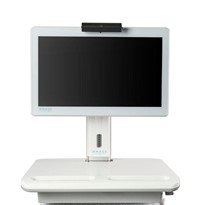
-205x205.jpg)



